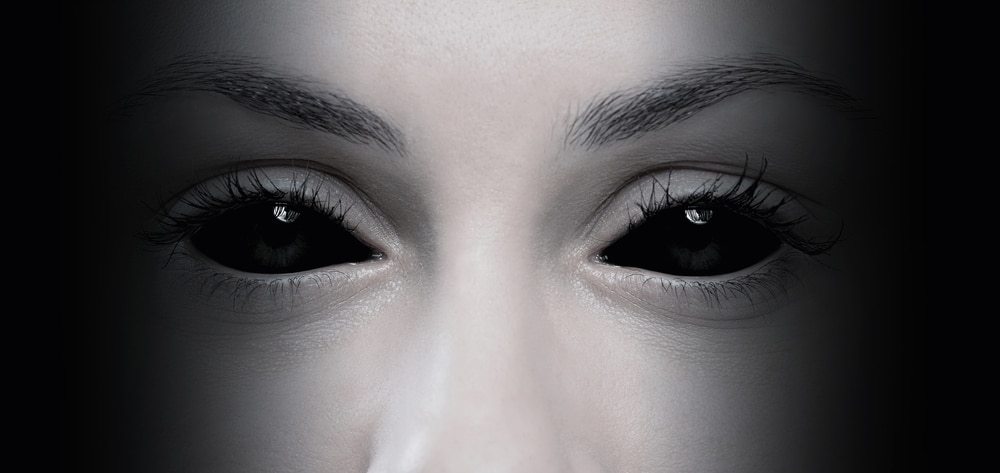The microchip is about the size of a grain of rice and usually inserted in the webbing between the thumb and forefinger using a needle the same thickness as used in body piercing. It feels, says insertable technology expert Kayla Heffernan, like getting a drip. Once the needle is removed the incision heals in a few days and the microchip remains, allowing the wearer to open doors with the brush of a hand – provided they only wish to access one particular place.
Commercially available insertable microchips are only large enough to hold one access code and a small amount of other information, so the days of replacing an entire wallet and keychain with a tiny computer under the skin are not yet upon us. The future is coming, but it’s not in a rush. Ten volunteers received a microchip at the Australian Centre for the Moving Image in Melbourne on Wednesday to mark the launch of Pause Fest, a technology and culture festival now in its eighth year. CONTINUE


















